A revamped design and improved camera are tempting many iPhone 7 owners to the new mobile
Is a refreshed look and improved camera enough to tempt iPhone 7 owners to the new smartphone?
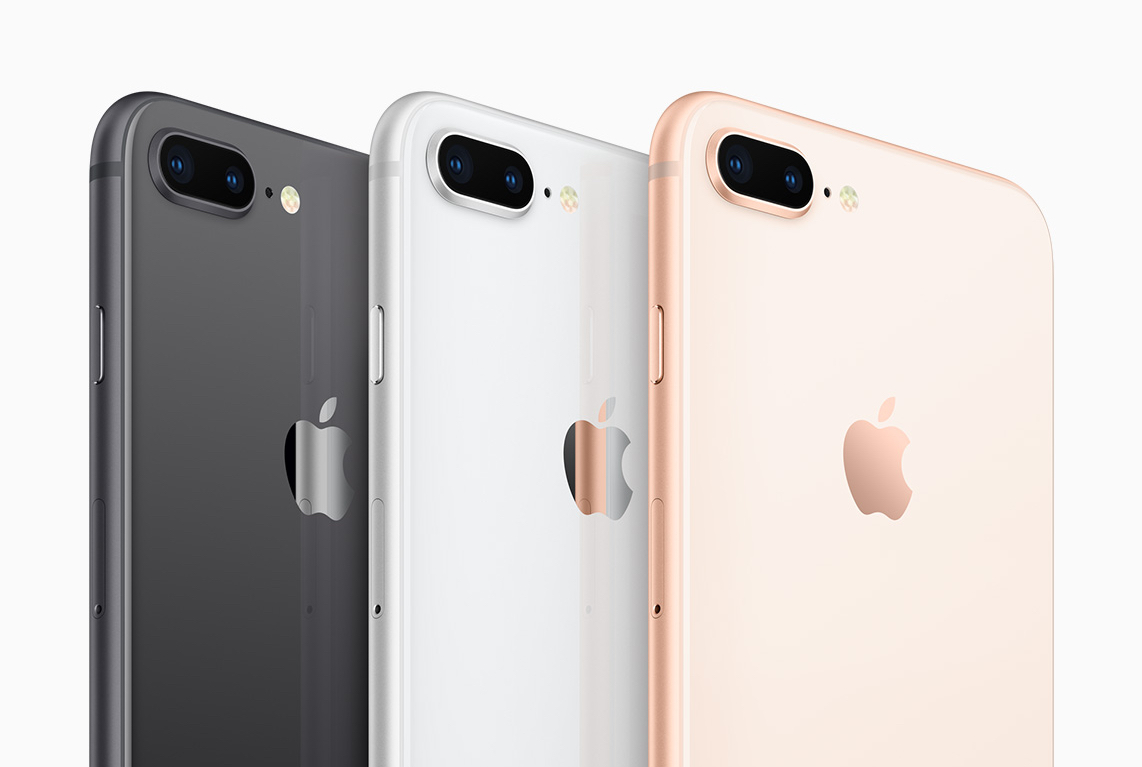
Apple’s new iPhone 8 is now on sale and is positioned as a cheaper alternative to the iPhone X that celebrates the smartphone’s ten-year anniversary.
The 8 replaces the iPhone 7, which had a mixed reception among fans when it launched last year. While the device came with a better camera and more power over its predecessor, many were disappointed by the absence of a traditional headphone jack – and by how similar it was in design to the iPhone 6.
However, the iPhone 8 comes with even more power than outgoing model and a tweaked design that aims to refresh the smartphone’s three-year old styling.
The Week
Escape your echo chamber. Get the facts behind the news, plus analysis from multiple perspectives.

Sign up for The Week's Free Newsletters
From our morning news briefing to a weekly Good News Newsletter, get the best of The Week delivered directly to your inbox.
From our morning news briefing to a weekly Good News Newsletter, get the best of The Week delivered directly to your inbox.
So is it worth upgrading your iPhone 7 to the new 8? Or should you hold on for the release of the iPhone X? Here’s what sets them apart.
Design
The design tweaks between the iPhone 8 and 7 are arguably more significant than the move from the iPhone 6 to the 7.
Apple has replaced the aluminium body that featured on the iPhone 6 and 7 with two glass panels – one on the front and one at the back – for the iPhone 8. Sealing the two panels is a curved aluminium band, similar in design to the smartphone’s predecessor.
A free daily email with the biggest news stories of the day – and the best features from TheWeek.com
One of the more controversial changes Apple introduced on the iPhone 7 was the removal of the 3.5mm headphone jack, meaning users could only listen to music through an adaptor or Bluetooth headphones.
However, the port is still absent on the iPhone 8 and does not appear on Apple’s ten-year anniversary device – the iPhone X.
Apple has also shrunk the colour selection for the 8, with buyers only able to choose from Gold, Silver and Space Grey. On the older 7, the company offered Black, Gold, Rose Gold, Silver and a glossy Jet black model.
Performance
Inside the iPhone 8’s glass body sits Apple’s new A11 processor, says Engadget, helping both the regular and Plus versions to “run very smoothly.”
However, the website argues that those who already own an iPhone 7 won’t “see any differences when you’re just swiping through home screens or launching apps [because] there really aren’t any”.
The A11 is more “efficient” than the A10 processor that comes with the iPhone 7, says The Verge, but battery life on the new smartphone is “about the same as before”.
Charging
Much like the smartphones that came before it, the iPhone 7 can be charged using the one metre USB to Lightning cable that comes in its box.
The iPhone 8 and X, however, are the first Apple smartphones to offer wireless charging. This allows the user to top up the mobile’s battery with the yet-to-be-released AirPower by simply placing the device onto the charging hub.
While owners will have to wait for Apple to release the charging accessory, users can choose from a selection of supported wireless charges from third party manufacturers.
But Business Insider says the iPhone 7’s absence of wireless charging capabilities could make it the more appealing option.
For instance, the website says, those wanting to make use of wireless charging in the newer mobiles will need to pay an extra $60 (£45) for an Apple-approved battery top-up accessory. This can rise to $74 (£55) for accessories that charge the battery faster than a standard cable.
The new site says wireless charging can be convenient, but the standard USB to Lightning cable that comes with the iPhone 7 is a more simple solution that “works perfectly fine”.
Camera
Apple has yet again improved its smartphone camera, particularly for those wanting to shoot higher quality video.
While the iPhone 8 and 7 both come with 12-megapixel sensors at the back, Mac World says the newer device can record 4K resolution video at 60fps – which is double the frame rate of the outgoing model.
The 8 can also take slow motion videos at 1080p and 240fps, the website says, but the 7 can only manage 1080p at 120fps. While the 7 is capable of recording 240fps slow-mo videos, the image quality drops to 720p.
Things become more familiar on the front facing camera, as Mac World says both models come with seven megapixel shooters that take video at 1080p.
Pricing
Orders for the iPhone 8 are open now, with prices starting at £699 for the 64GB model and rising to £849 for the 246GB version. Those wanting the larger Plus model will need to pay an extra £100 on top of those prices.
Despite being the older model, Apple is still selling the iPhone 7. You can pick one up a 32GB model for £549 from the companies online store, with 128GB variants priced at £649. Opting for Plus models will cost an additional £120.
Those wanting to hold on for the iPhone X, which launches on 3 November, can expect to pay £999 for the 64GB model and £1,149 for the 246GB version.
Verdict
The iPhone 8 isn’t a complete overhaul over last year’s 7, with only a handful of design tweaks and features to set it apart from its predecessor.
It’s “definitely not worth the upgrade” for existing iPhone 7 users, argues Forbes, given that the latest smartphone doesn’t come with any “significant” improvements over the outgoing model.
Wired agrees, saying the iPhone 8’s 4K and 60fps video capabilities don't justify an upgrade.
That’s where the iPhone X comes in, says Tech Radar, as it’s the perfect choice for buyers “craving something truly different”. Its vertical dual-lens camera and near-bezel-free display arguably makes it “the phone many Apple fans have been waiting for”, the site adds.
While there’s still a “visible bezel around the phone’s display”, The Independent says, the iPhone X puts Apple on course to achieving its aim “to make the hardware virtually disappear.”
The paper adds that the small indent at the top of the screen, criticised by some fans when the phone was revealed, doesn’t feel intrusive and looks “like a design choice rather than a technical limitation”.
“Not since the iPhone 4 has Apple so dramatically overhauled its flagship device”, says Wired, making the X an appealing upgrade over the 7 if fans “can stomach the £1,000/$1,000 starting price”.
Alternatively, those wanting to upgrade their iPhone 7 but unconvinced by the 8 could wait to see if any features from the iPhone X trickle down to the forthcoming iPhone 9.
But if you own an iPhone 6 or below and aren’t looking to spend £1,000 on a smartphone, now might be the perfect time to upgrade to the 8.
-
 7 bars with comforting cocktails and great hospitality
7 bars with comforting cocktails and great hospitalitythe week recommends Winter is a fine time for going out and drinking up
-
 7 recipes that meet you wherever you are during winter
7 recipes that meet you wherever you are during winterthe week recommends Low-key January and decadent holiday eating are all accounted for
-
 Nine best TV shows of the year
Nine best TV shows of the yearThe Week Recommends From Adolescence to Amandaland
-
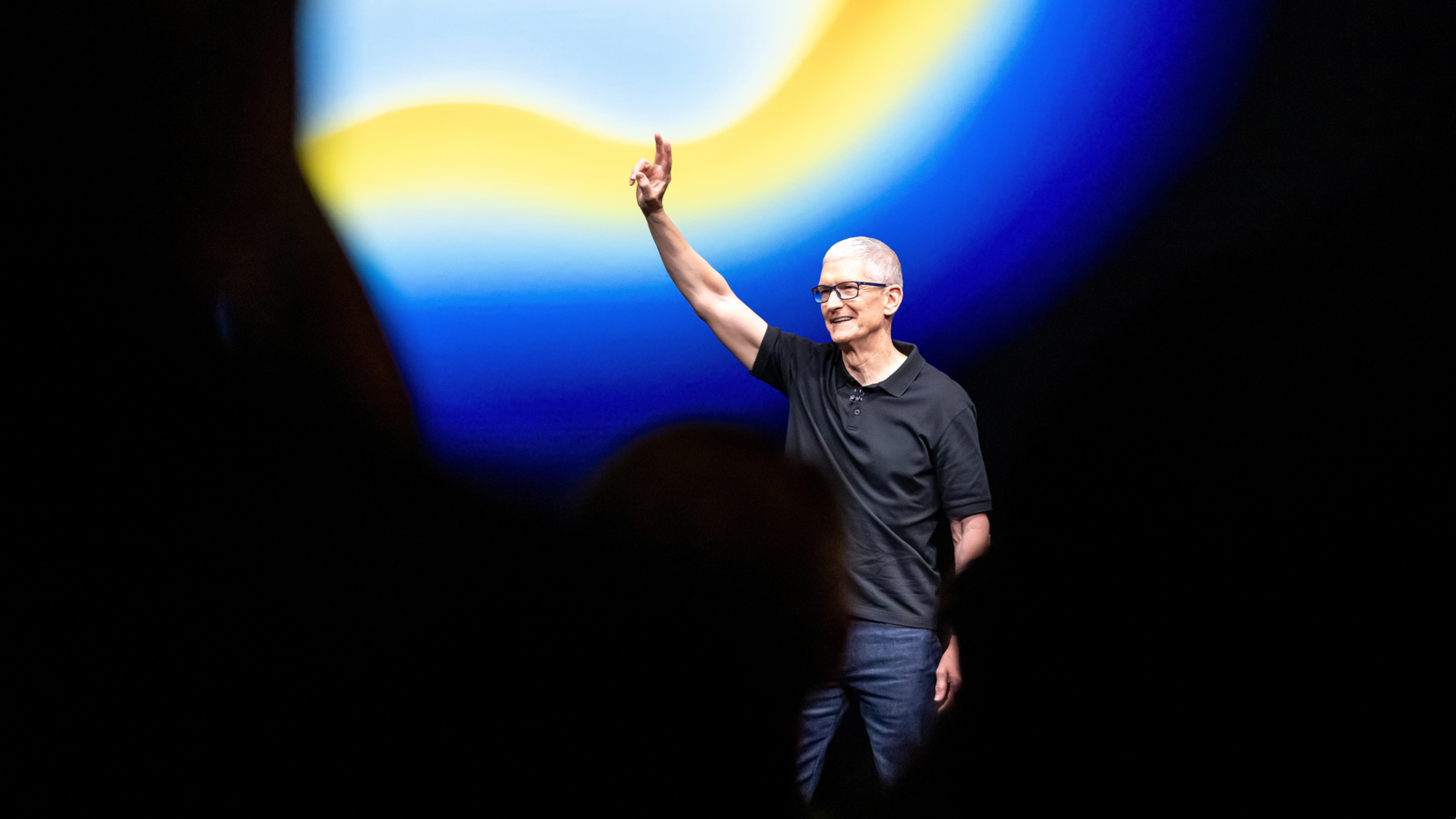 Is Apple’s Tim Cook about to retire?
Is Apple’s Tim Cook about to retire?Today's Big Question A departure could come early next year
-
 iPhone Air: Thinness comes at a high price
iPhone Air: Thinness comes at a high priceFeature Apple’s new iPhone is its thinnest yet but is it worth the higher price and weaker battery life?
-
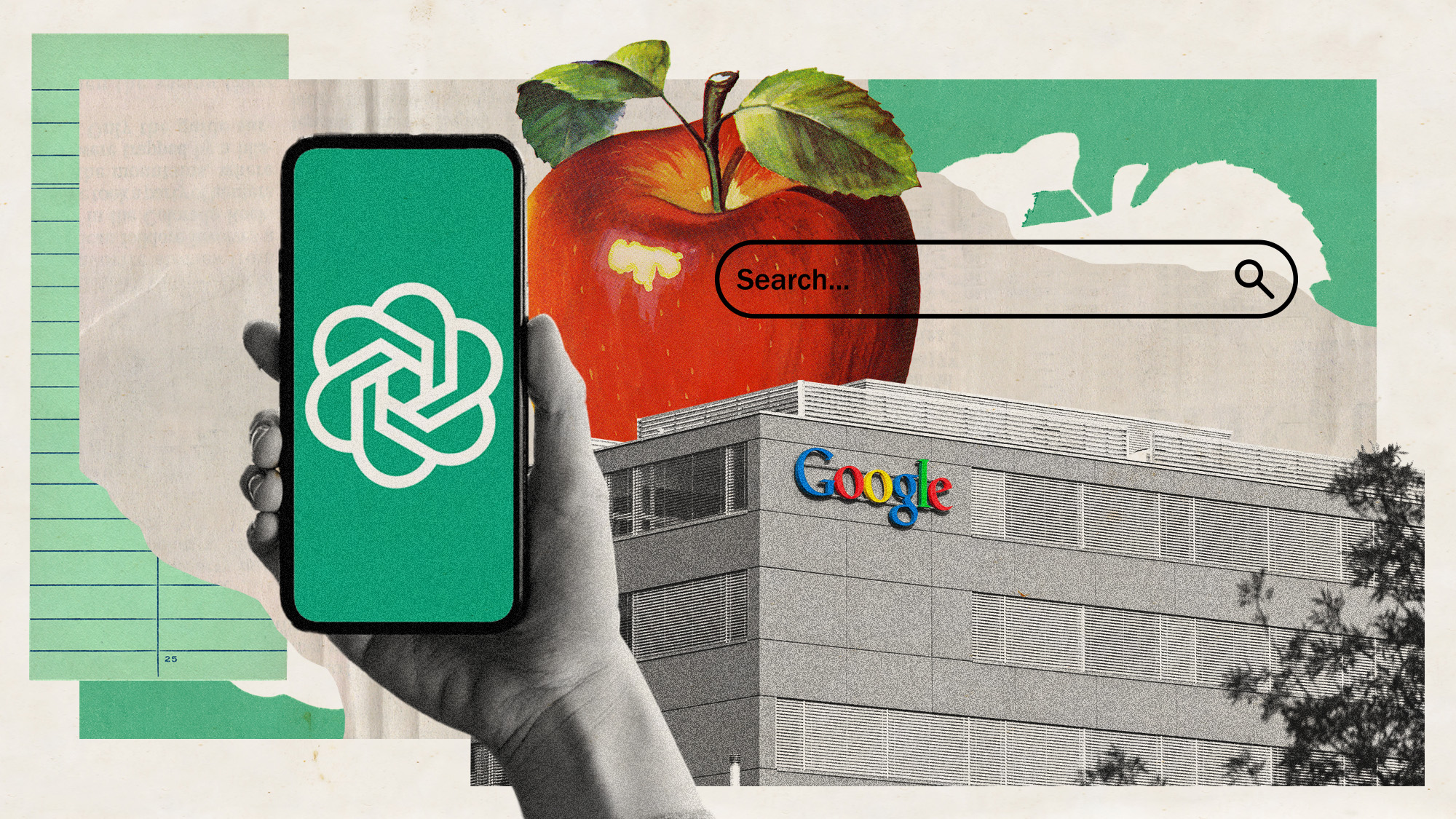 Is Apple breaking up with Google?
Is Apple breaking up with Google?Today's Big Question Google is the default search engine in the Safari browser. The emergence of artificial intelligence could change that.
-
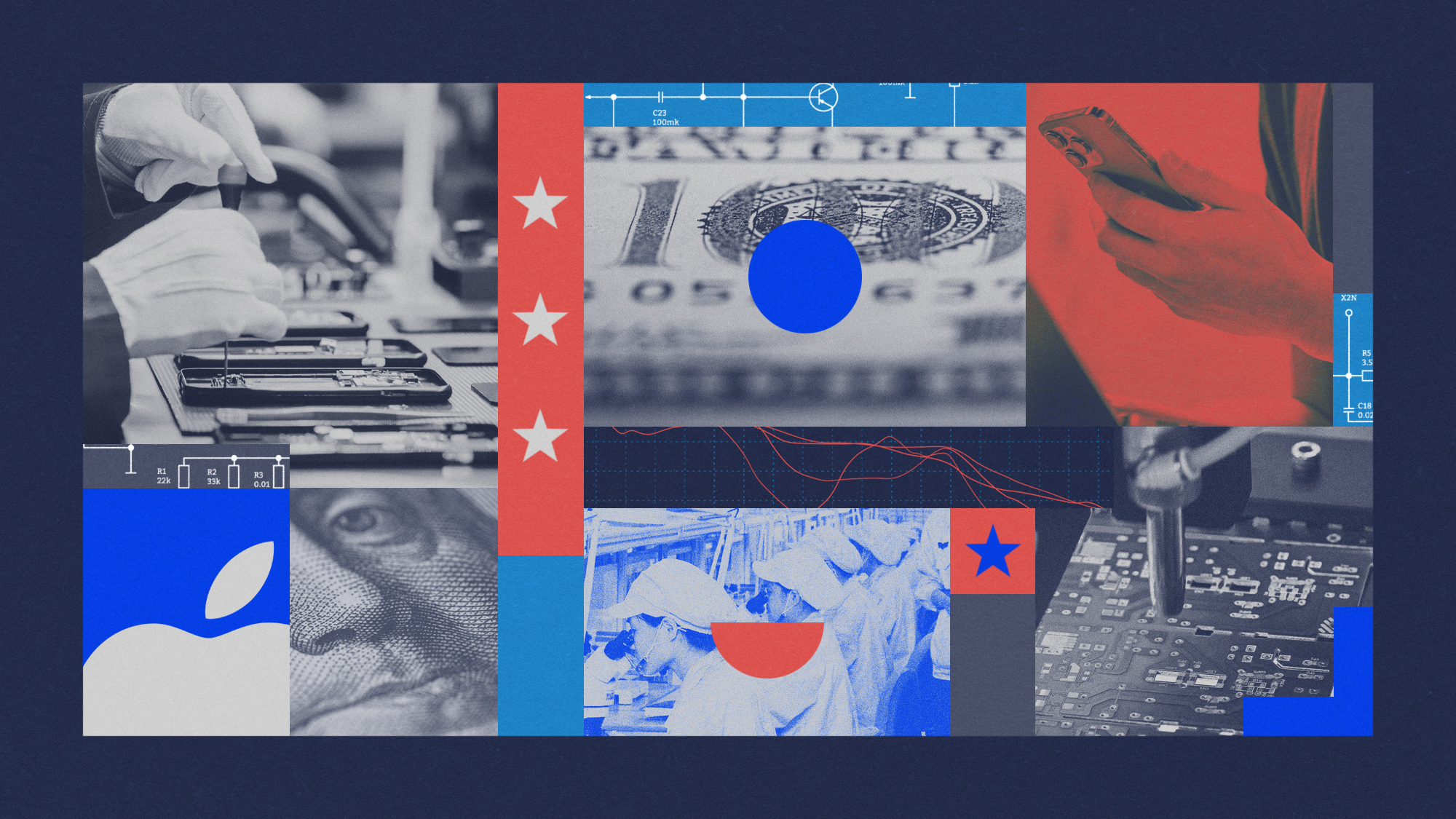 Why won't Apple make iPhones in America?
Why won't Apple make iPhones in America?Today's Big Question Trump offers a reprieve on tariffs, for now
-
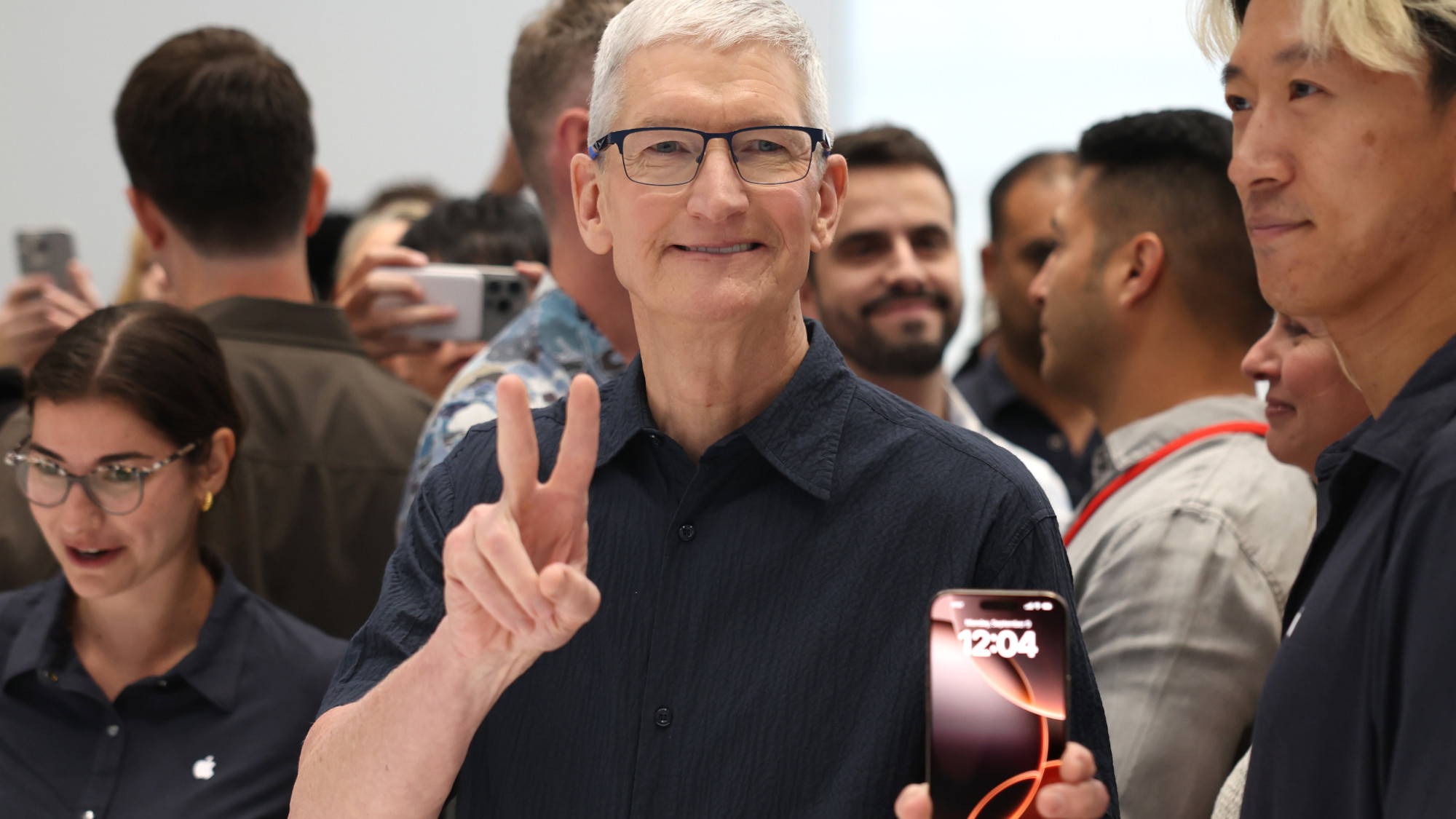 Not there yet: The frustrations of the pocket AI
Not there yet: The frustrations of the pocket AIFeature Apple rushes to roll out its ‘Apple Intelligence’ features but fails to deliver on promises
-
 Space-age living: The race for robot servants
Space-age living: The race for robot servantsFeature Meta and Apple compete to bring humanoid robots to market
-
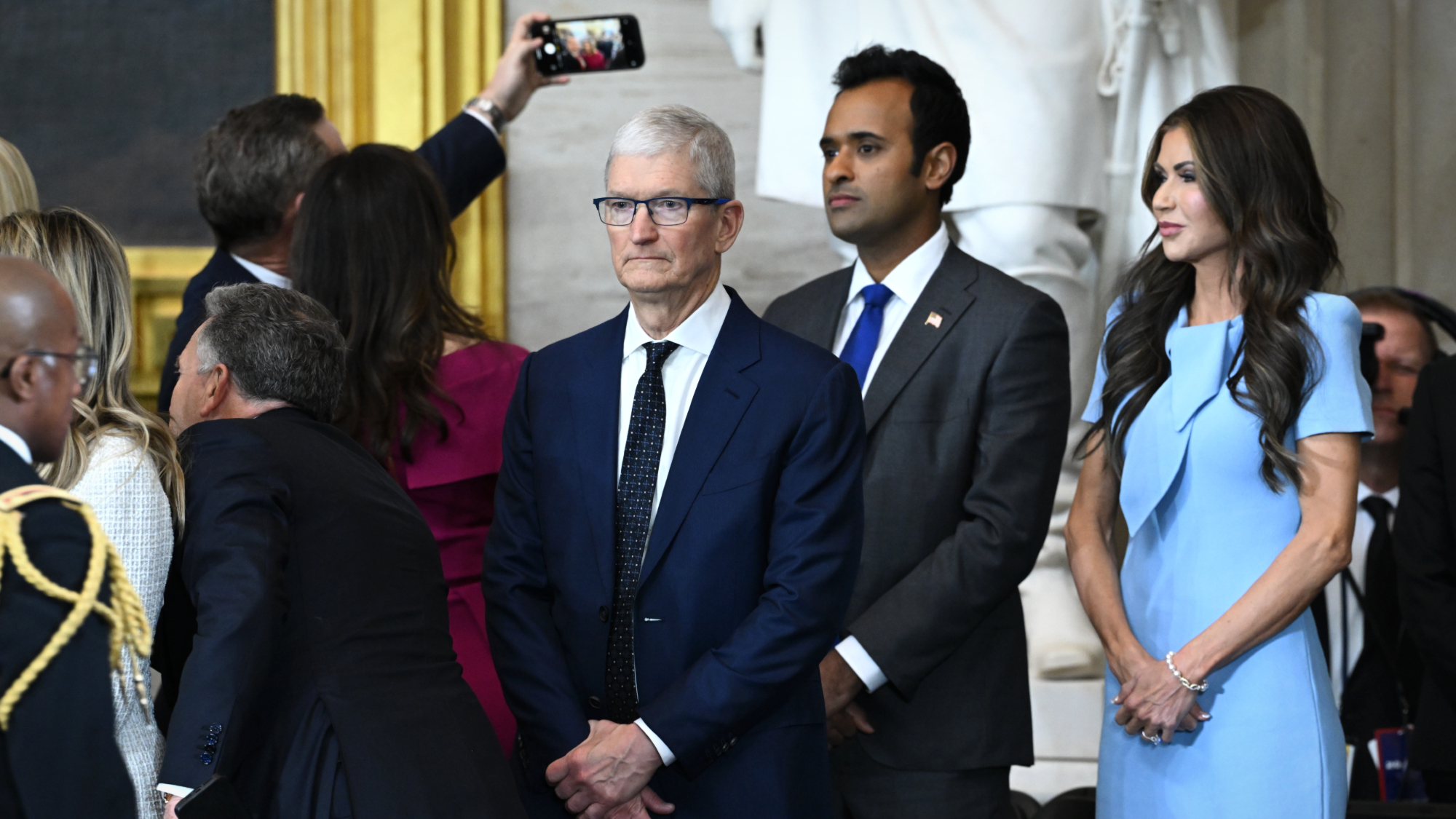 Apple pledges $500B in US spending over 4 years
Apple pledges $500B in US spending over 4 yearsSpeed Read This is a win for Trump, who has pushed to move manufacturing back to the US
-
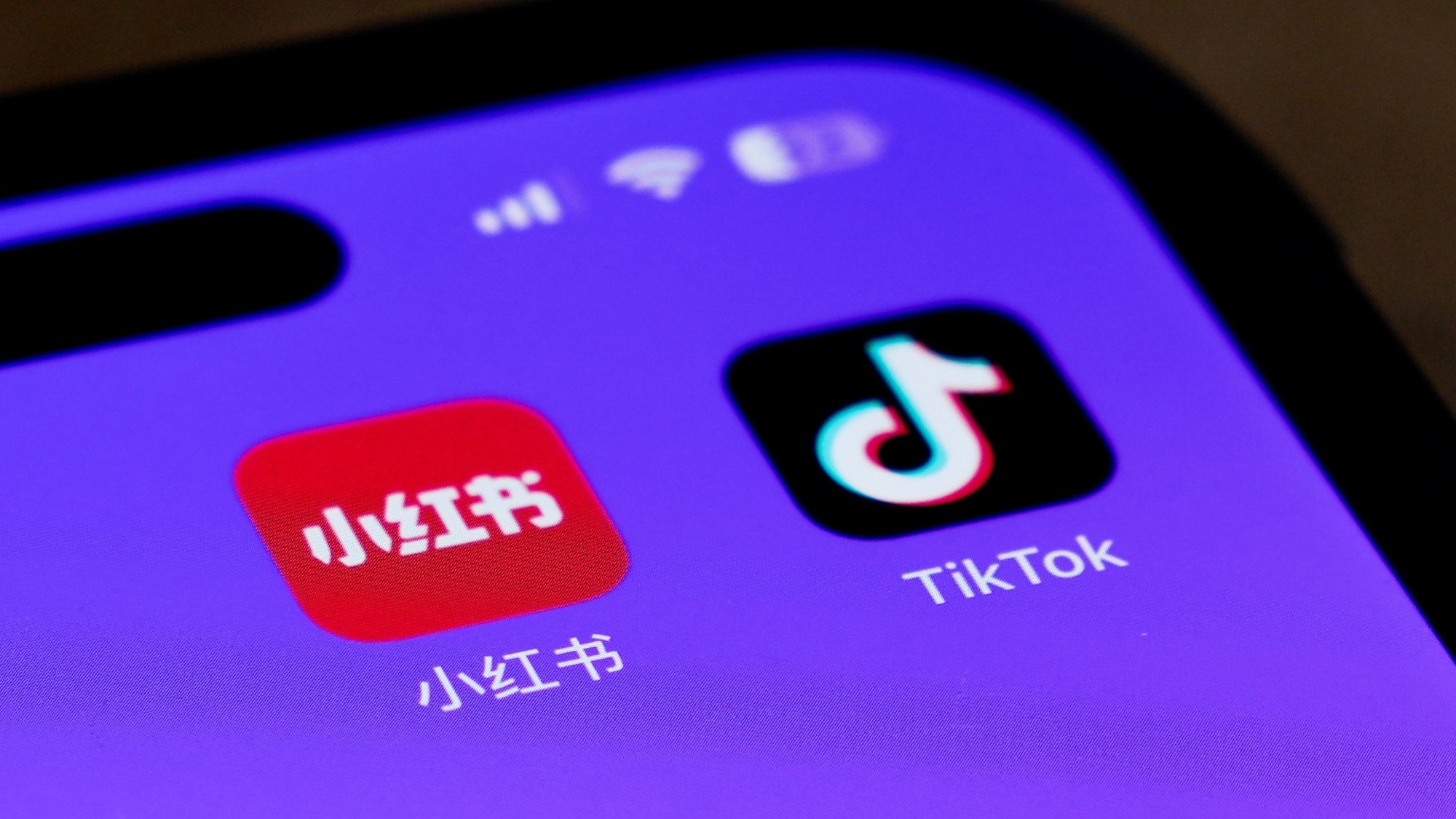 TikTok alternatives surge in popularity as app ban looms
TikTok alternatives surge in popularity as app ban loomsThe Explainer TikTok might be prohibited from app stores in the United States